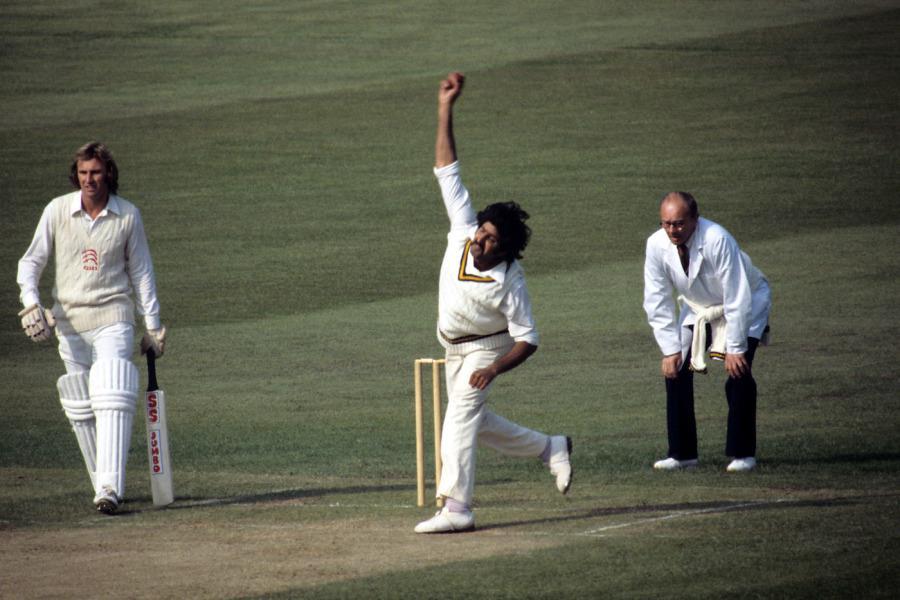Overarm bowling is a crucial and transformative aspect of cricket that has played a pivotal role in shaping the sport’s history and dynamics. This style of bowling involves the bowler delivering the cricket ball with the arm extended above the shoulder. Visit now the https://india-1xbet.com/line/cricket, where wagers on players that use this technique are also available.
Its use allows for:
- greater speed;
- more variety;
- and a higher amount of tactical options.
The development of overarm bowling represented a significant departure from the traditional underarm style of bowling. Here the bowler delivered the ball with a straight arm below the shoulder. Overarm bowling revolutionized the sport by introducing greater pace, bounce, and variety into the bowler’s repertoire.
Overarm bowling involves several key techniques that distinguish it from underarm bowling. Let’s discuss 4 of them. The 1st of them is the grip. The bowler typically grips the cricket ball with their fingers, enabling them to impart spin and seam movement. There are variations in grip depending on whether the bowler intends to deliver pace, swing, or spin. At 1xBet you can also wager on how a ball will be bowled too.
In 2nd place, the bowler’s action in overarm bowling involves swinging the arm above the shoulder in a controlled and coordinated manner. A fluid and efficient action is essential for generating speed and accuracy.
The 3rd aspect has to do with the release point. In overarm bowling it is higher than in underarm bowling, which allows the ball to be delivered with greater bounce and carry to the wicketkeeper and slips.
Finally, in 4th place, overarm bowlers have a wide range of deliveries at their disposal, including fast yorkers, bouncers, slower balls, inswingers, and outswingers. These variations make it challenging for batsmen to predict and play each delivery effectively.
Achievements of this technique
By 2023, the fastest recorded delivery was bowled by Shoaib Akhtar at 161.3 km/h (100.23 mph). At 1xBet online betting wins await: start now by wagering on cricket and other sports too.
Overarm bowlers, especially fast bowlers, have achieved remarkable wicket-taking records in both Test and One Day International (ODI) cricket. For example, Australian fast bowler Glenn McGrath took 563 wickets in Test matches, placing him among the top 10 highest wicket-takers in the format.
Overarm bowlers have also been responsible for some memorable hat-tricks in cricket history. A hat-trick is achieved when a bowler dismisses 3 batsmen with consecutive deliveries. Lasith Malinga, an overarm bowler from Sri Lanka, is known for his unique sling-arm action and has taken several hat-tricks in ODIs. He is also the 1st bowler to take 100 wickets in the 3 formats of the game, which include T20Is, ODIs and Test matches.
Bowling averages in cricket provide insight into a bowler’s effectiveness. An average is calculated by dividing the total number of runs conceded by the total number of wickets taken. Overarm bowlers with lower averages are considered more successful. For instance, Richard Hadlee, a legendary New Zealand fast bowler, had a Test bowling average of 22.29. You can start wagering now at 1xBet, where online betting wins await, especially when wagering on cricket.
In limited-overs formats like ODIs and T20s, overarm bowlers aim to maintain low economy rates, which measure the average number of runs conceded per over. Bowlers with economy rates below 4.00 are highly regarded for their ability to control the flow of runs.
As a closing remark, overarm bowling is a fundamental aspect of modern cricket that has elevated the sport to new heights of excitement, strategy, and skill. The statistics and records associated with overarm bowlers showcase their impact on the game. Also, the evolution of this bowling style has made cricket a dynamic and captivating sport enjoyed by millions worldwide.
